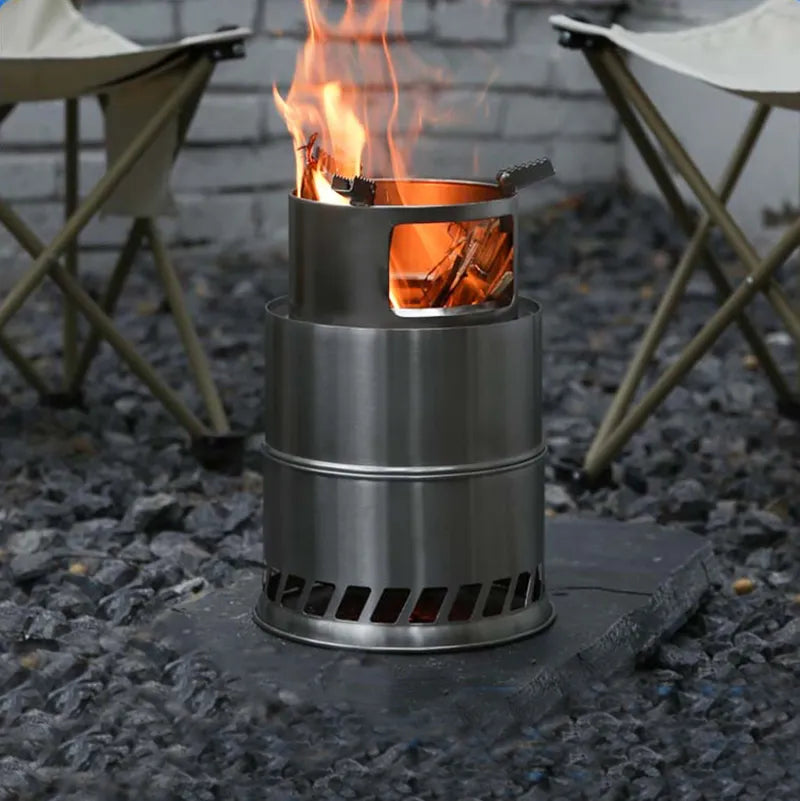
Surviving Alone in the Wilderness
Finding yourself lost in the wilderness alone can be a daunting and frightening experience. However, with the right knowledge and mindset, you can increase your chances of survival and eventual rescue. Here are essential tips to help you stay safe and find your way back to safety if you ever find yourself lost in the wild.
1. Stay Calm and Assess Your Situation
Panic can cloud your judgment and lead to poor decisions. Take a deep breath and try to stay calm. Assess your situation carefully:
- Stop and Think: Pause and evaluate your surroundings. Determine if you can recognize any landmarks or retrace your steps to your last known location.
- Listen and Look: Pay attention to sounds and visual cues that might help you navigate, such as flowing water or distant roads.
2. Stay Put or Move with Purpose
Deciding whether to stay put or move is critical. Generally, staying in one place increases your chances of being found by search and rescue teams:
- Stay Put: If you believe rescuers are likely to be looking for you, it’s often best to stay where you are. Set up a visible camp and make it as noticeable as possible.
- Move with Purpose: If you need to move (for example, to find water or avoid danger), do so carefully. Leave markers (such as cairns or arrows) to track your path and help rescuers find you.
3. Build a Shelter
Protecting yourself from the elements is crucial. Build a shelter to keep yourself warm, dry, and safe:
- Find a Location: Look for a dry, flat area away from potential hazards like falling branches or rising water.
- Use Natural Materials: Use branches, leaves, and other natural materials to construct a shelter. A simple lean-to or debris hut can provide adequate protection.
4. Signal for Help
Make yourself visible to search and rescue teams:
- Create Signals: Use bright clothing, blankets, or tarps to create visible signals. Arrange rocks or logs in an SOS pattern.
- Use Fire: If it’s safe to do so, build a fire. The smoke and flames can attract attention and provide warmth.
5. Find and Purify Water
Staying hydrated is essential for survival. Look for water sources and purify any water you find:
- Natural Sources: Streams, rivers, and lakes are the best sources. Avoid stagnant water if possible.
- Purification Methods: Boil water if you have the means. Alternatively, use water purification tablets or a portable water filter. If none of these are available, filter water through cloth and let it sit in sunlight for several hours.
6. Forage for Food
Finding food is less urgent than finding water but still important for maintaining your energy levels:
- Edible Plants: Learn to identify edible plants, berries, and nuts. Avoid anything unfamiliar or that you’re unsure about.
- Insects and Small Animals: Insects, such as ants and grasshoppers, can provide protein. Small animals and fish are also options if you have the skills and tools to catch them.
7. Stay Warm and Dry
Maintaining body heat is critical, especially in cold or wet conditions:
- Dress in Layers: Wear multiple layers of clothing to trap body heat. Remove wet clothing and replace it with dry materials if possible.
- Use Fire: A fire can keep you warm and dry. Gather plenty of wood and maintain the fire throughout the night if needed.
8. Keep a Positive Mindset
Your mental state can significantly impact your ability to survive. Stay positive and focused:
- Set Goals: Break down tasks into manageable goals. Focus on one step at a time.
- Stay Hopeful: Remind yourself that rescue teams are likely looking for you and that your situation is temporary.
Conclusion
Being lost in the wilderness alone is a challenging experience, but with the right skills and mindset, you can increase your chances of survival and rescue. Stay calm, build a shelter, signal for help, find water, and forage for food. Keep a positive attitude and take deliberate, thoughtful actions to navigate your situation. With these strategies, you can stay safe and find your way back to safety.




